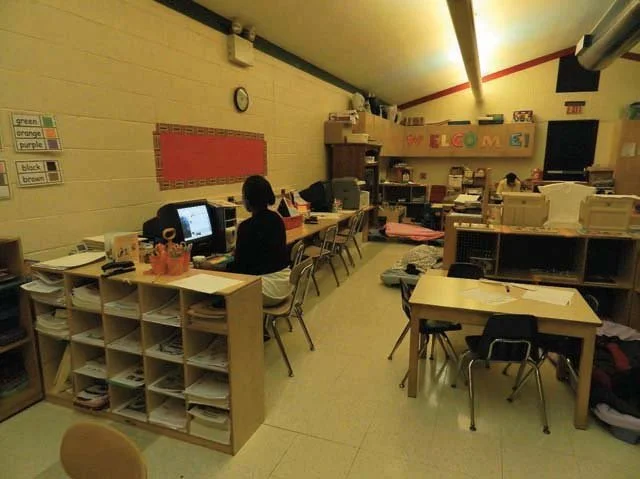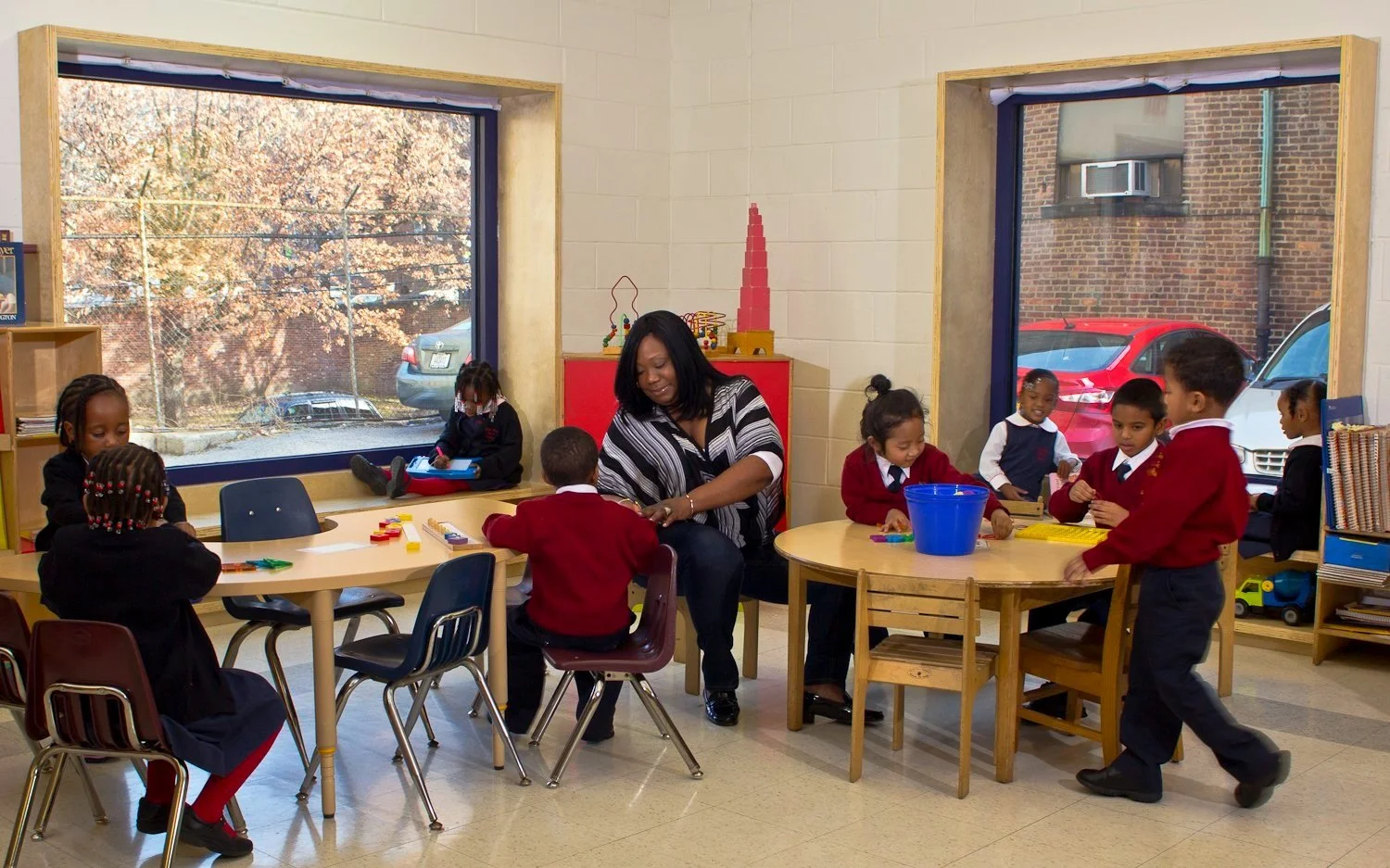Pre-Ks + Kindergartens
To look at what a Kindergarten should be in their educational model, the Partnership Schools hired KWA to work with their most experienced Kindergarten teachers to see how their teaching philosophy would translate into a classroom design that would be used across the network of schools.
Background
Often childcare spaces and kindergartens are put in classrooms and other spaces designed for other purposes. The space is cobbled together to work for smaller children with step stools and makeshift dividers. Hampered by work areas that don’t meet the demands of a busy teaching day and by the lack of space to work with individual children versus groups, schools often underestimate the special needs of this age group and the caregivers who work with them.
Design Challenge
Since early childhood center budgets are tight, KWA works closely with teachers and administrators to design these spaces efficiently and effectively. Further, because so many families depend on Early Childhood education in order to be able to work and function, construction schedules have to be planned carefully to accommodate on-going school schedules.
Design Strategy
We meet with teachers to understand everything from how the child arrives and separates from the parent to storage of nap mats that meets Department of Health requirements. Understanding how a particular center operates is critical to designing a facility that supports their work rather than forcing the facility to work around the design.
The architecture itself is critical in the interplay between the caregiver and the young child, almost acting as a “third teacher” enabling both to perform at their full potential.
Impact
A well-designed facility creates an environment where everyone feels supported: the children feel at home, secure, and capable and the staff are able to focus on the care of the children supported by a physical environment that not only reinforces their teaching but contributes to it. These spaces include elements like lockers that enable children to begin to get their own coats at the end of the day, windows that give a view of the changing weather for teaching, or a dedicated space that recognizes the separation between child and parent and eases that transition.










